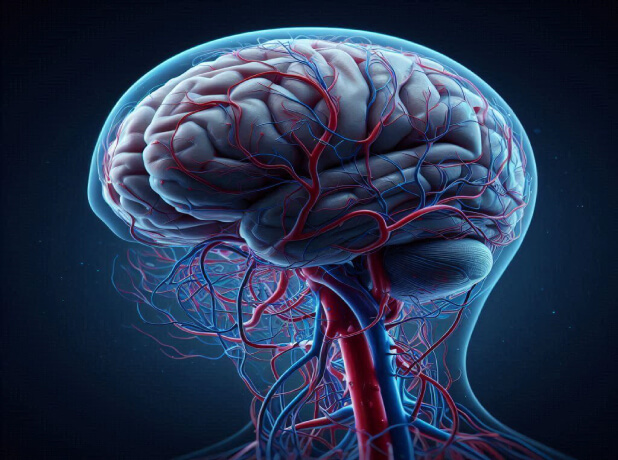
Abstract
Background
Cardiopulmonary bypass (CPB) during cardiac surgery disrupts cerebral hemodynamics, potentially leading to postoperative neurological complications such as delirium. Transcranial Doppler (TCD) offers non-invasive monitoring of cerebral blood flow alterations, yet its predictive value for delirium remains underexplored. This study aims to investigate the association between intraoperative cerebral hemodynamic changes monitored by TCD and postoperative delirium in patients undergoing cardiac valve surgery with CPB.
Methods
This prospective cohort study enrolled 184 elective cardiac valve surgery patients. TCD measured middle cerebral artery mean flow velocity (Vm), pulsatility index (PI), and resistance index (RI) at five perioperative time points: 24 hours preoperative (T1), five minutes post anesthesia induction (T2), five minutes intraoperative post-cross-clamping (T3), five minutes post resumption of cardiac beating (T4), and prior to operating room discharge (T5). Delirium was diagnosed using the Confusion Assessment Method for the ICU (CAM-ICU). Neuropsychological assessments using Richmond Agitation-Sedation Scale (RASS) and Mini-Mental State Examination (MMSE) were conducted preoperatively and at 24 and 48 hours postoperatively.
Results
Postoperative delirium occurred in 20 patients (10.9%). The delirium group demonstrated significantly longer CPB duration (143.2 ± 19.7 minutes versus 113.8 ± 16.4 minutes; P < 0.001) and aortic cross-clamp time (97.6 ± 15.3 minutes versus 72.4 ± 12.1 minutes; P < 0.001). Both groups exhibited cerebral hypoperfusion during CPB (T3-T4 versus T1: reduced Vm, elevated PI and RI; P < 0.05), with more severe disturbances in delirium patients (T3 Vm: 25.8 ± 3.7 cm/s versus 29.5 ± 4.0 cm/s; P < 0.001). Prior to operating room discharge (T5), delirium patients showed persistent hemodynamic abnormalities (Vm: 56.2 ± 5.0 cm/s versus 62.8 ± 5.2 cm/s; PI: 0.96 ± 0.07 versus 0.85 ± 0.06; P < 0.001) while non-delirium patients returned to baseline. Significant cognitive decline was observed in delirium patients (24-hour MMSE: 21.8 ± 2.1 versus 27.2 ± 1.4; P < 0.001).
Conclusion
Intraoperative TCD-detected cerebral hypoperfusion, characterized by reduction in Vm and elevated PI and RI, and prolonged CPB duration are independent predictors of postoperative delirium. Failure of postoperative cerebral hemodynamic recovery may contribute to the pathogenesis of delirium.
